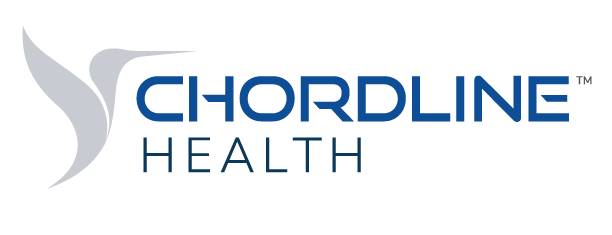The Perfect Pairing for Better Health Outcomes: Population Health Analytics and Nursing Expertise
By Viki Field, MSN, RN
Twenty percent of nurses transitioned to new roles within the past six months, according to data from the American Nurses Foundation. Drawing on their medical expertise and technical skills, many of these professionals are now pursuing opportunities in the expanding digital health sector, aiming to influence clinical outcomes in new ways.
For nurses interested in this path, the timing is ideal. The federal government anticipates a significant need for professionals skilled in digital healthcare, with the U.S. Department of Labor projecting a 10% growth in nursing informatics and related positions by 2032.
Meanwhile, healthcare organizations face challenges in effectively utilizing extensive healthcare data for clinical purposes while avoiding overburdening their teams, including nursing staff. Nurses interested in informatics as well as other digital healthcare professionals play a crucial role in bridging the gap between data and the patient’s experience, enabling the creation of actionable care programs.
For instance, despite social determinants of health (SDOH) contributing to 80%-90% of health outcomes, this data is currently incorporated in only about 35% of patient interactions. Addressing these gaps requires innovative approaches led by clinicians to integrate comprehensive data analysis with personalized patient care strategies. Such approaches are vital to ensuring SDOH factors are adequately considered to strengthen health outcomes.
Population health insights and nursing expertise: It makes sense
Although 80% of healthcare organizations collect SDOH data, many struggle to utilize it effectively. Common barriers include challenges in standardizing and integrating the data as well as a shortage of trained staff capable of capturing and leveraging it efficiently.
Patients interact with nurses for approximately 87% of their care time, whereas nurses spend nearly 33% of their work shift directly with patients (compared to approximately 18% for physicians). Given this extensive face-to-face contact, nurses who leverage SDOH analytics could significantly enhance their patient interactions and improve care outcomes. Providing these clinicians with accessible, actionable SDOH data has the potential to make a profound impact.
Population health analytics enables nurses to pinpoint risk factors and trends in SDOH that may adversely affect care outcomes. Through predictive modeling and forecasting, care teams gain insights into similar patients or populations, allowing for more precise treatment strategies tailored to individual patient needs in real time.
Training nurses to utilize these analytics in their daily workflows enhances their ability to demonstrate value to both patients and the organization. As nurses seek to broaden their influence beyond traditional roles, organizations can retain these critical professionals by equipping them with relevant technological expertise.
Powering nurse-led population health analytics
While SDOH analytics and nursing expertise complement each other well, integrating these resources presents challenges. The primary obstacle lies in finding time for already overloaded nurses to undergo training in population health management amidst their busy schedules. Overcoming these hurdles requires adequate support and resources to empower nurses to leverage analytics effectively within their roles.
Organizations can empower nurses with SDOH intelligence at the point of care by considering these key factors:
Support ease of access and interpretation: Ensure nurses can easily access and interpret relevant data. High-performing SDOH analytics platforms should offer flexible filtering options tailored to nursing needs.
Minimize training time: Design intuitive analytics tools that minimize the need for extensive training. Given the diverse responsibilities of nurses, they should find these tools to be user-friendly and aligned with their workflows.
Help nurses visualize their impact: Implement accessible SDOH dashboards to help nurses understand the specific impact of their interventions on patient populations. Clear data visualization aids in demonstrating progress and outcomes effectively.
Give nurses the tools to interpret data effectively: Provide predictive analytics tools that normalize data sources and deliver actionable insights directly into caregivers’ workflows. This approach helps in stratifying high-risk patients and addressing potential challenges promptly.
With 43% of healthcare professionals identifying a shortage of specialized skills as a barrier to digital transformation, nurses are poised to fill this gap. Leveraging digital tools and maximizing EHR capabilities, nurses can advocate effectively for patients while supporting organizations in adopting value-based care models and utilizing extensive data. Empowering nurses with intuitive, effective tools enhances job satisfaction, boosts retention rates, and enables informed decision-making based on population data.
Viki Field, MSN, RN, is a clinical program manager for Chordline Health.
